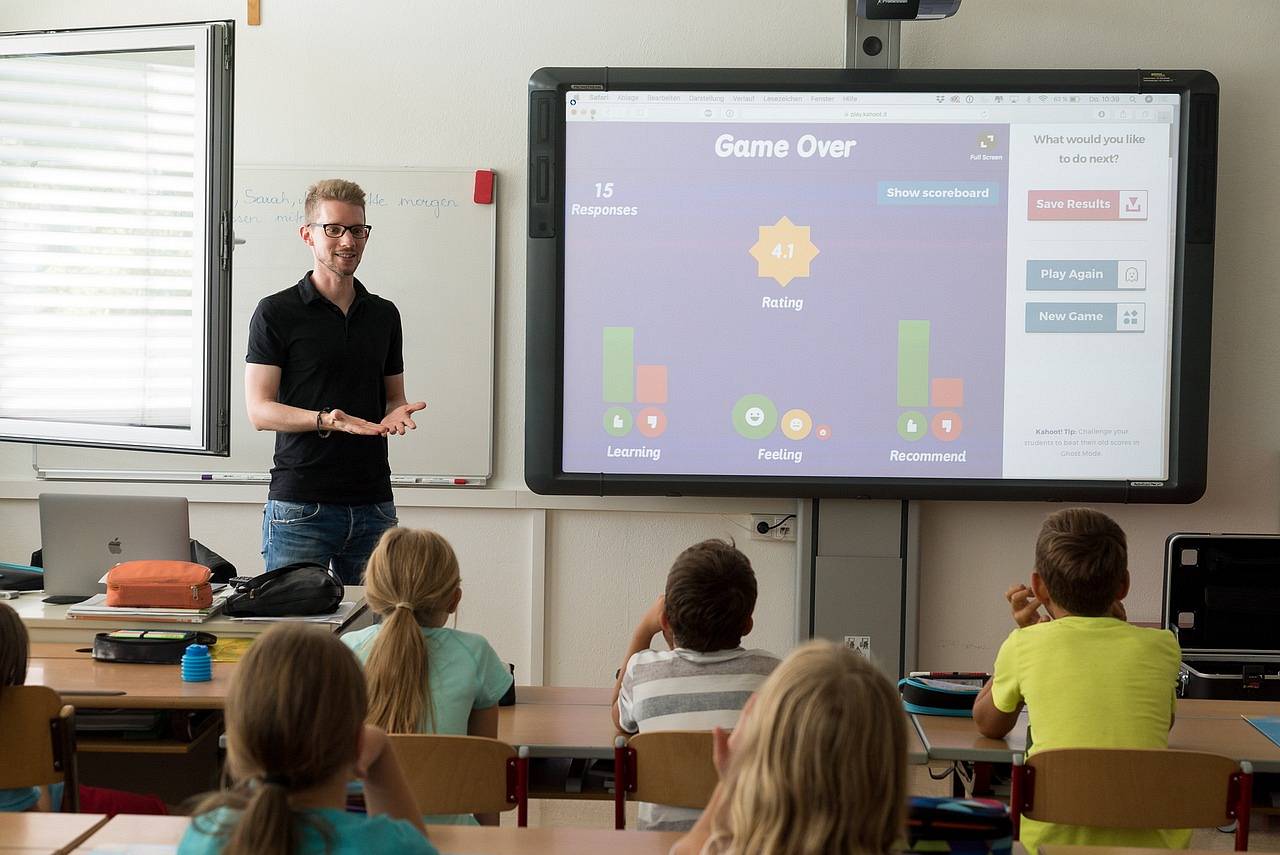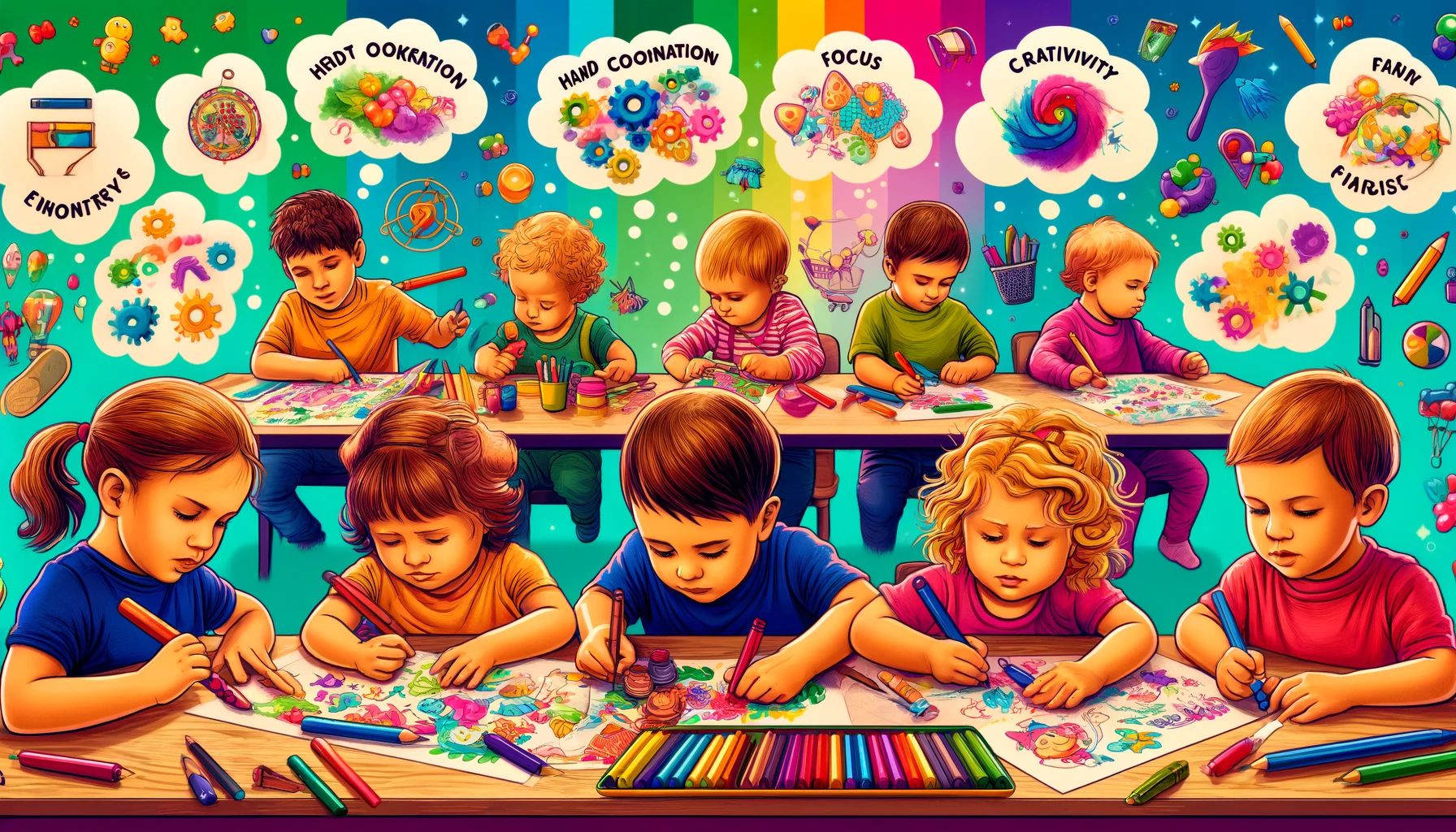Imagine walking into a room filled with people. Everyone is different, right? Just like these differences in appearance, the way we learn is also unique. The theory of Multiple Intelligences, introduced by Howard Gardner, tells us just that. Instead of just one way of being smart, Gardner suggests that there are different types of smarts or bits of intelligence. Think of it like this: Some of us might be good with words, some with numbers, others might be great at understanding people, while some might have a knack for music. Recognizing and nurturing these different ways of learning is like giving everyone their best chance to shine in school and life. Let’s dive into understanding these intelligences and some tips to teach varied learners.
Understanding the Various Intelligences:
To start with, let’s understand the different types of intelligence Gardner talked about:
Linguistic: Have you ever met someone who has a way with words? They can speak, write, and express themselves effortlessly. These people are strong in linguistic intelligence.
Logical-Mathematical: This is for those who think in numbers and logic. They solve problems easily and love patterns.
Spatial: Some folks can visualize things in their mind like they’re seeing a movie. They’re great at understanding maps and charts and even daydreaming creatively!
Musical: You might know someone who can pick up tunes easily or even create new ones. These individuals have a musical rhythm in the way they think.
Kinesthetic: These are the people who are always on the move. They learn by doing. Think of those who can’t sit still and love hands-on tasks.
Interpersonal: These social butterflies understand and interact with people very well.
Intrapersonal: These are the self-thinkers. They’re deeply in tune with their feelings, thoughts, and dreams.
Naturalistic: Nature lovers to the core. They understand living things and read nature’s patterns like an open book.
Just as everyone has a unique face or voice, our dominant intelligence is our learning signature. It’s what makes learning special for each of us. Teachers, parents, and even we can use this knowledge to make learning more enjoyable and effective.
- Online Tutoring and Digital Platforms:
The internet has changed every sector and domain, and education is no exception. Online learning is a growing market, given its vast potential. In countries like the United Kingdom, eLearning is set to reach a market volume of $13.65 billion by 2027. Online platforms like cambridgeonlinetutors.co.uk are making education accessible, convenient, and affordable for all.
Here’s why it’s becoming so popular:
Personalized Learning: With online tutoring, each session can be designed for a student’s unique way of learning. For example, if a student has a strong linguistic intelligence, the tutor can focus on reading, discussions, or even storytelling.
Flexible Tools: Digital platforms offer a range of tools like videos, interactive games, and quizzes. A student with spatial intelligence might benefit from a video lesson, while someone with logical-mathematical intelligence might enjoy a challenging online puzzle.
One-on-One Attention: One of the best things about online tutoring is the individual attention a student receives. This helps in understanding and nurturing a student’s dominant intelligence. They can learn at their own pace and in their style.
With the world at our fingertips, learning has never been so accessible and personalized.
- Customize Learning Materials:
Learning isn’t one-size-fits-all. With different intelligences in play, the tools we use to learn should match our unique style. Here are some easy ways to customize learning:
- For those strong in linguistic intelligence, reading and writing activities work best – books, stories, and even simple word games can be great tools.
- If you’re teaching someone with a logical-mathematical knack, engage them with puzzles, logical games, and math challenges. Let them see the patterns and connections.
- Got a learner who’s good with spatial intelligence? Visual aids are your best friends. Use charts, diagrams, drawings, and even videos to make concepts clear. Let them draw or visualize their thoughts.
The key here is flexibility—the more varied the learning materials, the better the chance of reaching every learner in the room.
- Active Engagement and Group Activities:
There’s a magic that happens when we learn by doing or interacting. It’s like the difference between hearing about a place and actually visiting it. Active learning makes lessons come alive.
For instance, those with interpersonal intelligence thrive in group settings. Group discussions, team projects, or role-playing games help them learn best. It’s like their brain lights up when they’re with others.
On the other hand, hands-on activities, experiments, or even simple movements can make a world of difference for those with kinesthetic intelligence. Let them touch, move, and interact with the subject matter.
- Provide Opportunities for Self-Reflection:
Understanding ourselves can be one of the most powerful tools in learning. If we know how we learn best, we can make the most of our study time.
Journaling: One simple way to encourage self-reflection is through writing. A student can jot down what they enjoyed in a lesson, what they found hard, and what they’d like to explore more. Over time, they can spot patterns in their learning habits.
Feedback Sessions: Regular chats with teachers, tutors, or even peers about one’s learning experiences can be eye-opening. It’s like holding a mirror to one’s learning style.
Set Goals: Encourage students to set small goals for themselves. Maybe they want to read more books, solve more puzzles, or work on group projects. Goals give direction to learning.
By spending a bit of time understanding ourselves, we can take charge of our learning journey.
- Incorporate Real-world Applications:
Learning is not just about textbooks and exams. It’s about understanding the world around us. And what better way to do that than to connect lessons with real-life situations?
Field Trips: For those with naturalistic intelligence, a trip to a garden, zoo, or even a beach can be a great learning experience. They get to see, touch, and understand nature up close.
Practical Problems: Challenge students with problems they might face in everyday life. For someone with logical-mathematical intelligence, this could be planning a budget, or for someone with spatial intelligence, it might be assembling a piece of furniture using instructions.
Discussion on Current Events: Relating lessons to current news or events can make learning more relevant. It’s like connecting the dots between the classroom and the real world.
Making lessons practical and relevant can make learning more interesting and memorable.
Conclusion
In the end, it’s all about understanding that everyone is unique. We all have our strengths, our ways of looking at the world, and our ways of understanding it. By recognizing and valuing these different intelligences, we can make learning a joyful and effective journey for everyone. Whether it’s through varied materials, group activities, online resources, self-reflection, or real-world applications, the goal remains the same: to let every learner shine in their special way. Let’s embrace the beauty of diverse minds and create a world where everyone gets a chance to learn in the way that suits them best.











